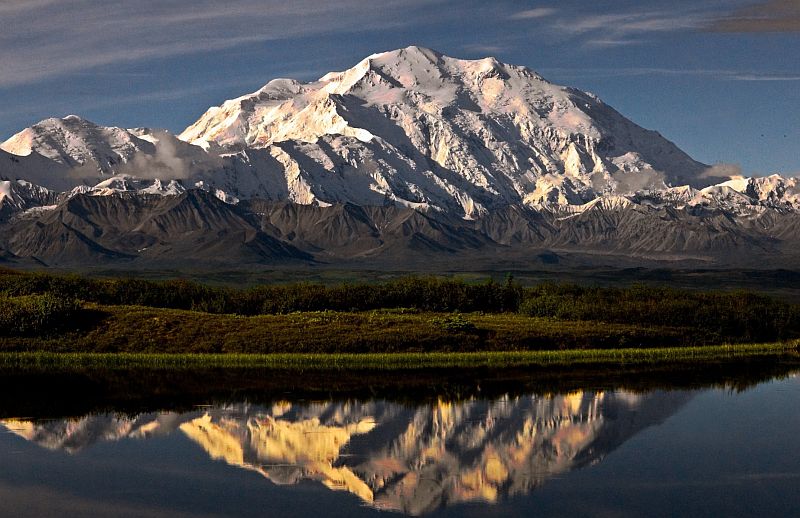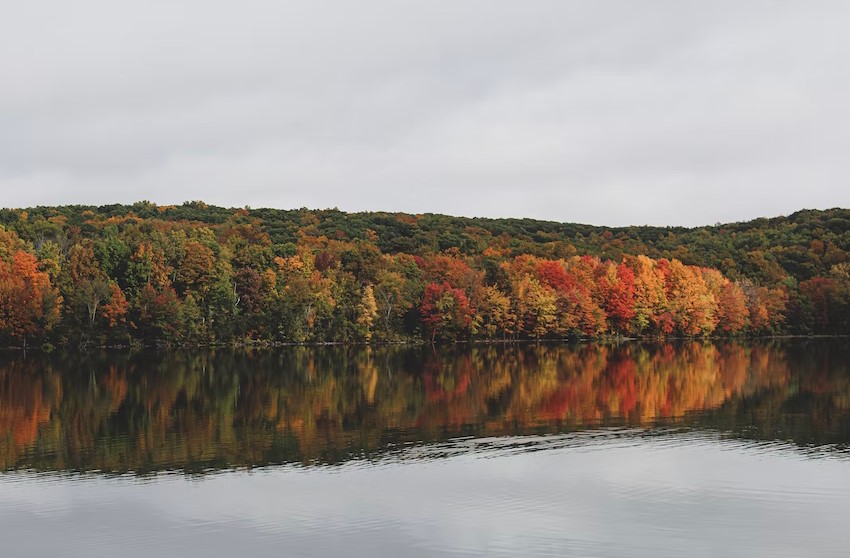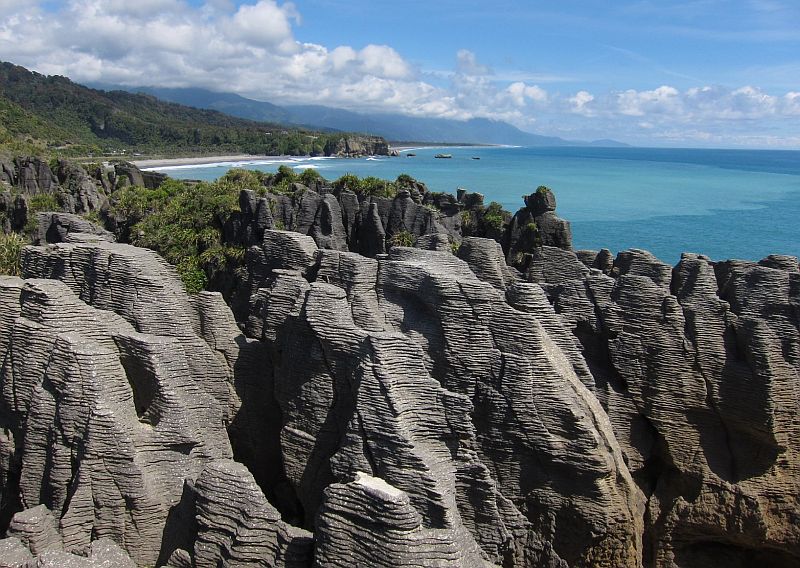Lake Mývatn. In Iceland, there are some places that can boast mountain scenes such as one Myvatnssveit area. Tourists are most likely to enjoy the Lake Mývatn scenery and mountains in the neighborhood of Myvatn. Which was formed as a result of glacial eruptions thousands of years ago? The view from the peak of the mountain is awesome. Lake Mývatn is one of Iceland’s most famous tourist destinations and is popular for its natural beauty.
This supernatural area with its magnificent landscape and rich animal and birdlife makes people want to visit it, observe and explore. Lake Mývatn is Iceland’s 4th largest natural lake, and abounds in lake char and is netted by the farmers during summer, and ice fishing is practiced in winter. The lake area is famous worldwide for its exceptionally many breeding duck species and the profusion of other avifauna. Myvatn Lake’s surroundings display a large variety of landscapes and wonderful geological formations that the visitors have to spend several days there to enjoy fully.
This is a highly volcanic area, as 9 eruptions had taken place during the 1975-1984 period. The continental drift was measured at about 4.8 m. These immense nature powers offer scientists real opportunities to research plate tectonics on dry land. Therefore, two hamlets on Lake Skutustadir and Reykjahlid. Which provides quality restaurants, accommodations, rental bikes & cars, grocery shops, petrol stations, a swimming pool, car washes, and a number of other sightseeing opportunities.
After the establishment of Europe’s largest national park, Myvatn became one of the main visitor centers. Indeed, this is a breathtaking place with lots of rock formations. Bring your camera, because this is absolutely out of this world. One of the amazing sights travelers must see on a sunny day, is absolute beauty surrounded by a number of features worth your time to see. From amazing lava fields to unique rock formations, Myvatn is a ‘must not miss part of your travels.
About 10,000 years ago Myvatn Lake was surrounded by glaciers and was considered a wasteland. But after eruptions beings, glaciers becoming disappeared, and vegetation is established in the area. As a result of a great eruption that occurred in the east of Blafjall mountain a crater, Ketildyngia was formed. The molten lava took place in the lowland and covered the countryside.
The low flow cut off every stream and river, so a stunning lake was formed in the middle of the black desert that followed the eruption. However, the abundance of water caused vegetation to catch roots and flourish once again. After that catastrophic volcano Hekla erupted violently and spewed ash in more than a 100 kilometers radius and the area was again covered in white ash. After that Myvatnssveit and Hverfell (Hverfjall) formed as a result of explosive eruptions again only lasted a few days.
A hefty material came from the crater that mounted the opening and formed a 150-meter-high volcanic cone. After five hundred years a gigantic eruption began in which the countryside literally was ripped apart. The molten lava streamed all over the area in one place, which formed a molten lava lake. Which partially hardened the rest of the molten magma was flushed out and magnificent Dimmuborgir formed.
The region took numerous millenniums to form the vegetative status it’s in today. All travelers have high regard and love. Though there have been eruptions in the area in recorded history. The most recent is the Myvatn fires from 1724-29 and the Krafla eruption from 1975-84.
There have been so many fun walking paths in this area. In 1860 a heathen grave was discovered near Myvatn lake in Baldursheimur. Several artifacts were discovered in that grave, and the remains of Vikings were buried there. Also, a skeleton of his horse, a sword, a spear, an axe, and a shield along with an ancient chessboard, and the carved likeness of a man.
The lake is fed by nutrient-rich spring water and has a high abundance of aquatic insects and Cladocera. Moreover, thirteen species of ducks nest are here. Which composition is exclusive in the mixture of Eurasian and North American elements and of boreal and arctic species. The Tufted Duck, which immigrated to Iceland at the end of the 19th century, is in large numbers. While the Greater Scaup is the 2nd most common duck species.
A silica-based algae was being formed from the lake and exported from 1967-2004 when they quit production. Today local people have been attracting tourists using the healing powers of their natural geothermal baths and silica-based bud baths. This is containing a unique blend of minerals, silicates, and geothermal microorganisms.
It offers you to lose track of time while admiring the beauty of the landscape and abundant flora and birdlife. Places do not miss Hverfjall, Dimmuborgir, Grjotagja, Skutustadagigar, Hofdi, Lofthellir, Leirhnjukur, Krafla and the hot springs east of Namskard, not to mention the craters of Ludent and Viti (Hell).
Most importantly NASA scientists predict that an 11-year cycle of solar activity will peak this winter, for the first few months of 2014 the Northern Lights are expected to put on the most fantastic display for the next decade. However, viewing of the aurora borealis can never be guaranteed. You can boost your chances by heading to beautiful and more remote areas. Such as northern Iceland so that you are well away from light pollution.
Also, Read – Survival on the Coastal Cliffs



















